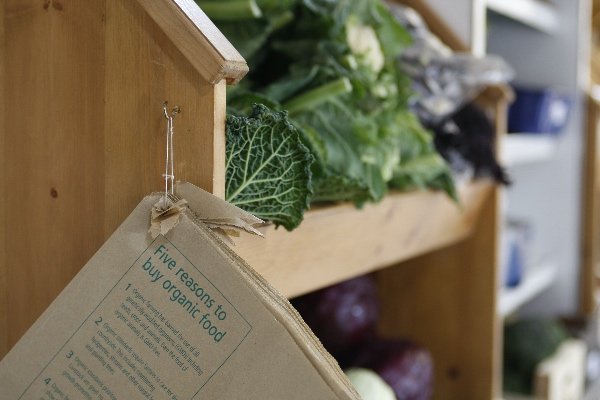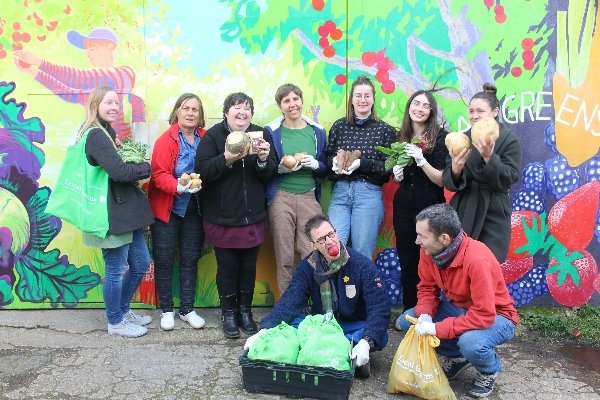This article appears in the spring issue of MyGreenPod.com Magazine, distributed with the Guardian on 07 April 2017. Click here to read the full digital issue online.
There are three pillars of life: air, water and soil. We destroy these at our peril.
We hear a lot about air quality standards: who wants to return to the days of blackened curtains, when voices were hoarse from lingering smog? We all need clean water and in this country, thanks in large part to the EU, it’s guaranteed by enforceable standards. So we have measurable clean air and water standards – but no standards for soil quality.
If I buy land and over the years deplete the soil, leave it bare and allow it to run off in floods, who will stop me from selling it for twice the price once I’ve exhausted it?
THE IMPACT OF FARMING
The current picture of our soils is bleak. We’ve spent the last century squeezing every last drop out of them, so they no longer store carbon, topsoil is being eroded as a result of flooding and flood damage is on the rise, leading to an inexorable spiral of decline.
Food produced on depleted soils is low in nutrients, yet ‘conventional’ farming produces monocultures of cereals that deplete the soils and require chemical fertilisers and pesticides, compounding the problem of soil degradation. Cows are often kept in barns and fed cereals that have been produced in this way. If instead they were raised on natural grassland as part of a healthy soil ecosystem, the resultant ecological cycles would take carbon out of the atmosphere and store it in soils, helping to off set cattle-related methane. Maintaining healthy soils is one of the major ways in which we can tackle climate change.
LESSONS FROM HISTORY
Meeting our need for healthy soil demands imagination and commitment. The alternative is famine, such as those a fflicting remote and distant landscapes. Such a result would be borne from our failure to act on a looming crisis.
Such disasters are not new; the Dust Bowl erosion of the Great Plains in the 1930s was the result of policies that led to the grassland – which traps moisture and holds the soil together – being converted to arable land for cultivated crops. The soils blew away in great Aeolian dust clouds and the famine that followed was embedded in folk memory by Steinbeck’s Grapes of Wrath.
At the time Congress passed a law that recognised ‘the wastage of soil and moisture resources on farm, grazing, and forest lands… is a menace to the national welfare’. Despite this warning way back in 1935, ecologist David Pimental says that soil in the USA today is being lost 10 times faster than it can naturally be replenished.
THE UK PICTURE
The issue of soil degradation is a global one, unseen by the masses, largely unremarked upon and insidious. We have an opportunity to take a leading role in managing our national approach and to serve as a beacon for others at a time when disharmony seems to be the order of the day.
 Play Video about This Rock Might Just Save The World
Play Video about This Rock Might Just Save The World Play Video about Play 2 hours of rock
Play Video about Play 2 hours of rock Play Video about Play 2 hours of brook
Play Video about Play 2 hours of brook Play Video about Play 2 hours of sheep
Play Video about Play 2 hours of sheep












































